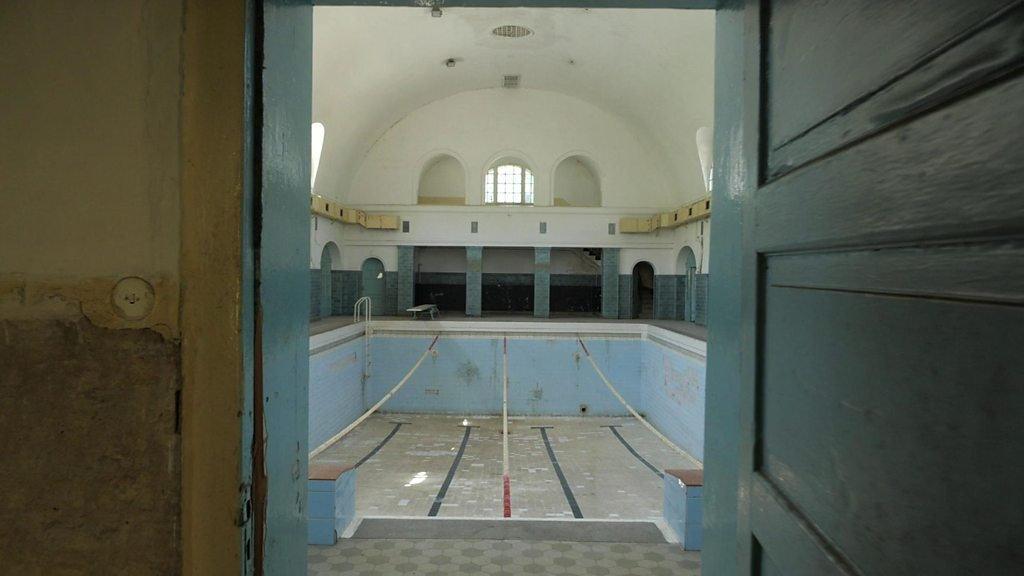Checkpoint Charlie: Berlin bans 'US soldiers' from Cold War crossing
- Published
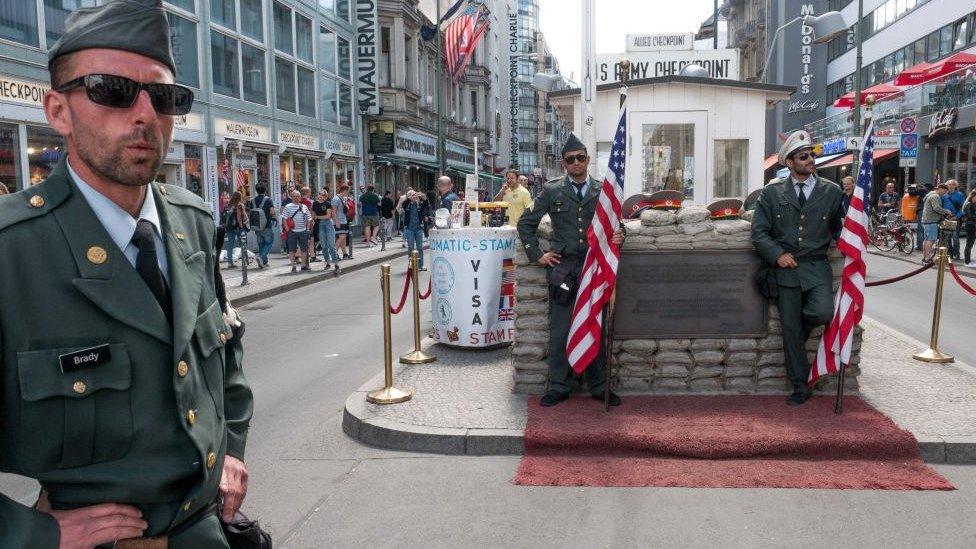
Actors have impersonated US soldiers at the site for nearly 20 years
Authorities in Germany's capital Berlin have banned local performers from wearing US army uniforms at Checkpoint Charlie, the iconic Cold War crossing between the east and west of the city.
They said the actors exploited tourists by demanding money for photos at the attraction.
The checkpoint was designated as the only crossing for foreigners and allied troops when the city was divided.
East and West Berlin were separated by the Berlin Wall from 1961-89.
The ban comes as Germany celebrates 30 years since the fall of the Wall, built to prevent residents of Communist East Germany from fleeing to the West.
Authorities in the city's central Mitte district revoked the performing licence of a group of performers known as Dance Factory, the Bild newspaper reported on Monday.
The actors say they only accept voluntary contributions for photos and souvenir passport stamps.
But an undercover operation by police posing as tourists allegedly found that the performers were demanding a €4 ($4.5; £3.5) fee and verbally abusing those who refused to pay.
Groups that want to charge money for such performances in Berlin require a special permit.
People impersonating US soldiers have been at Checkpoint Charlie for nearly 20 years, working in rotation to pose with tourists.
But many Berliners are unhappy about the "Disneyfication" of the site, where fake Soviet Red Army fur hats, gas masks and pieces of the Berlin Wall can be found for sale.
The move echoes a decision from 2015, when authorities in the Italian capital Rome banned people impersonating ancient Roman soldiers, along with ticket touts and bicycle rickshaw drivers, from the Colosseum, Forum and other major tourist sites.

Checkpoint Charlie
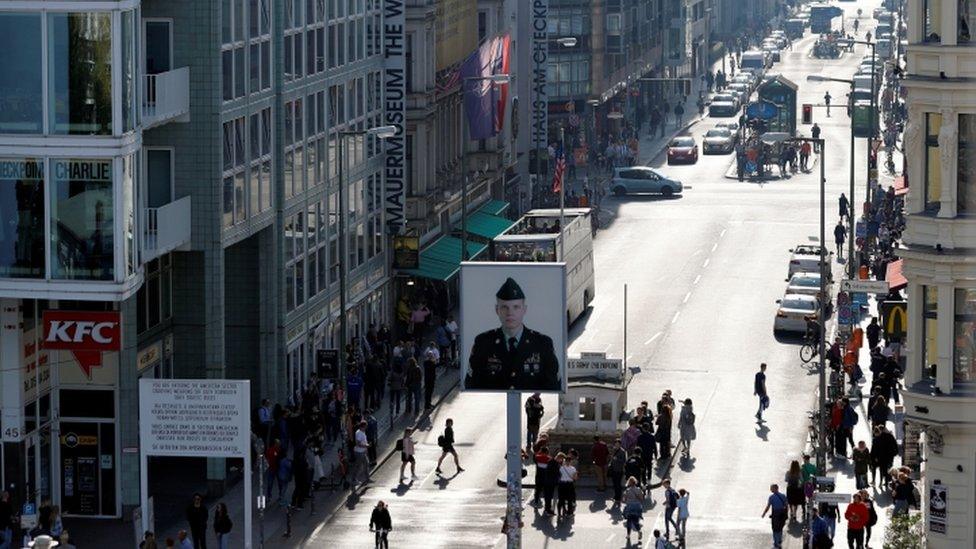
The third of three crossing points between East and West in and around Berlin, the name Charlie comes from 'C' in the Nato phonetic alphabet. The other points were Alpha and Bravo
Connected the American Zone, one of three allied zones in West Berlin, with Soviet-occupied East Berlin
First came to prominence during a standoff between US and Soviet tanks in October 1961, shortly after the Wall was constructed
Became a famous symbol of the Cold War and the divided city
Since the fall of the Berlin Wall and the reunification of Germany, it has become one of the city's prime tourist attractions, combining some remnants of the border crossing with reconstructions
Archive: Brian Hanrahan reports on the rapid developments that led to the collapse of the Berlin Wall
- Published26 November 2015
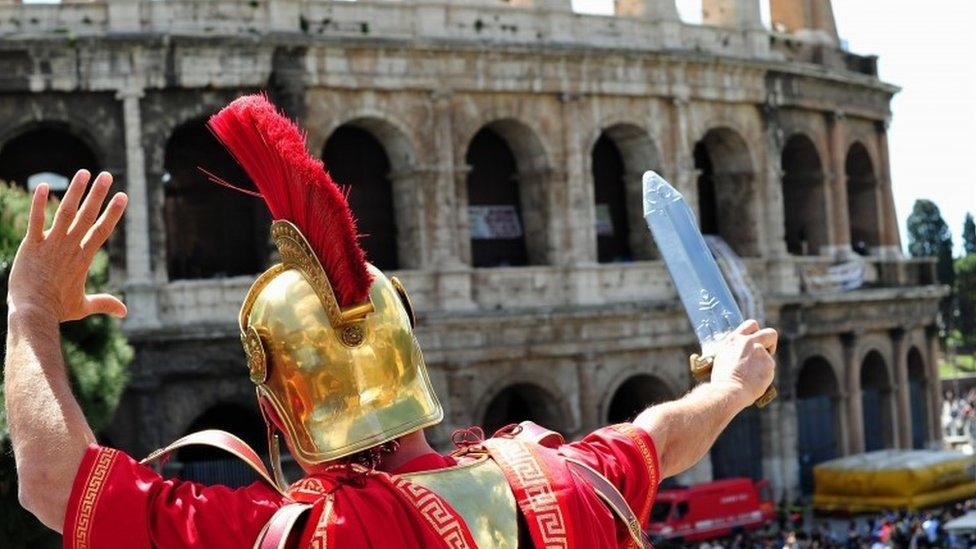
- Published1 November 2019

- Published10 October 2019
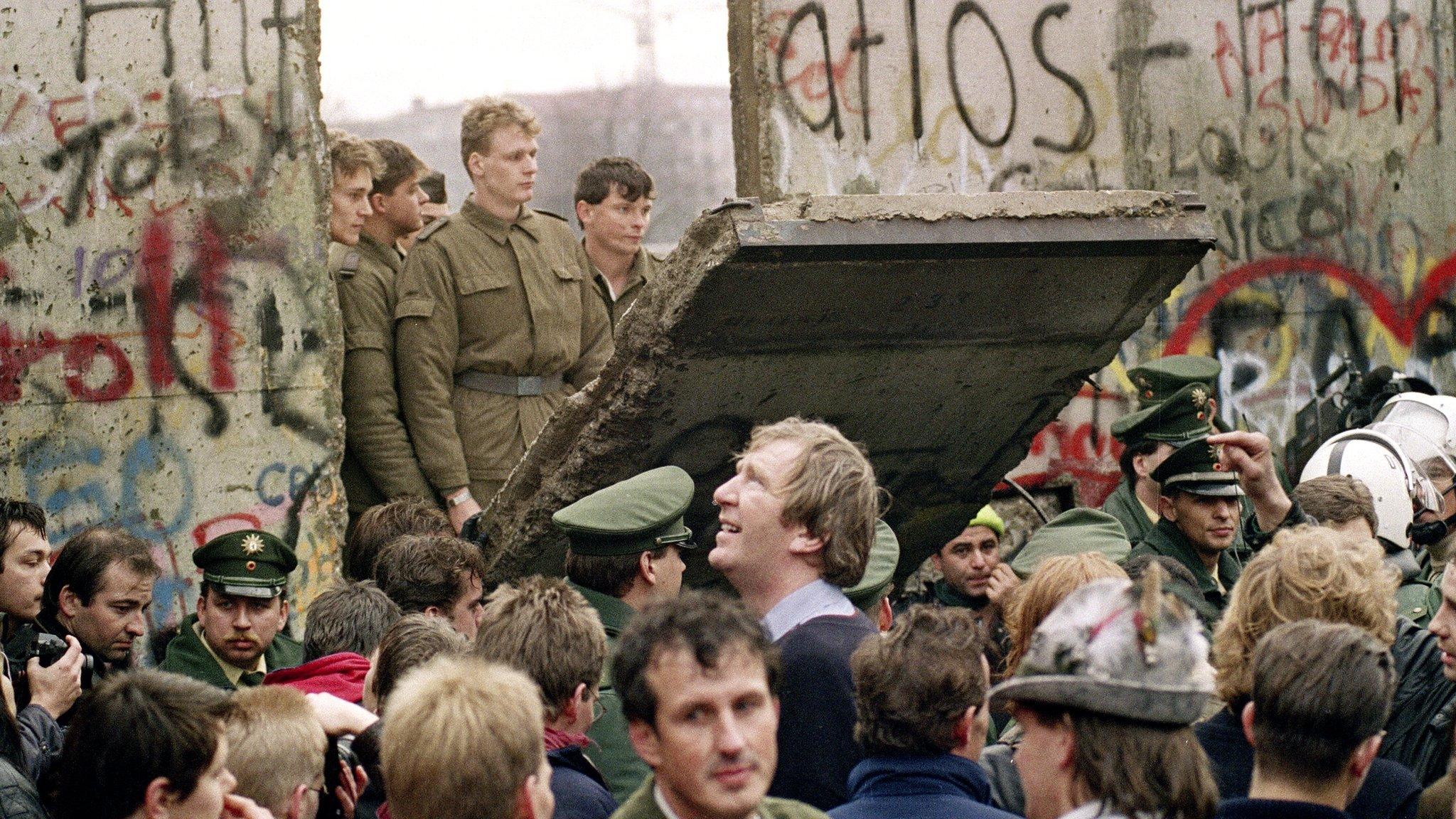
- Published19 August 2019
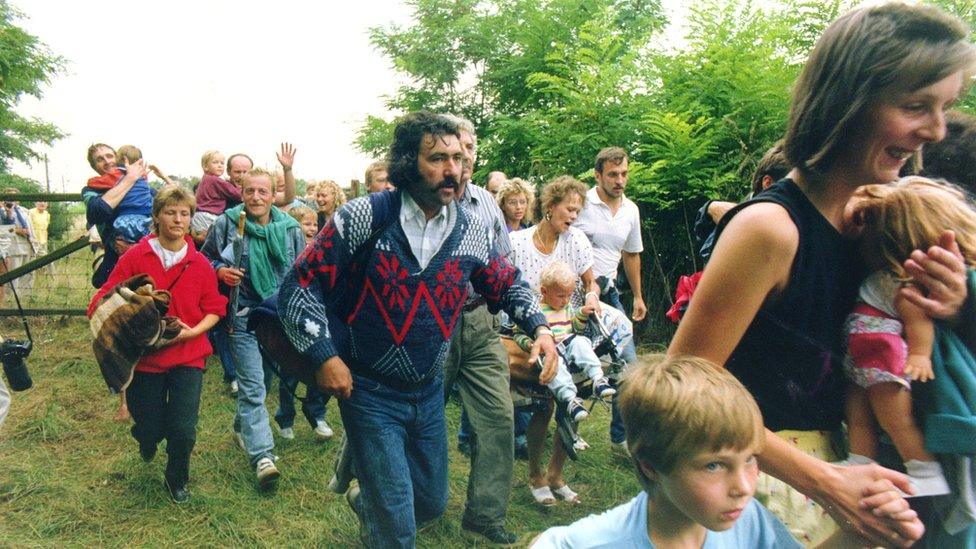
- Published8 October 2019
